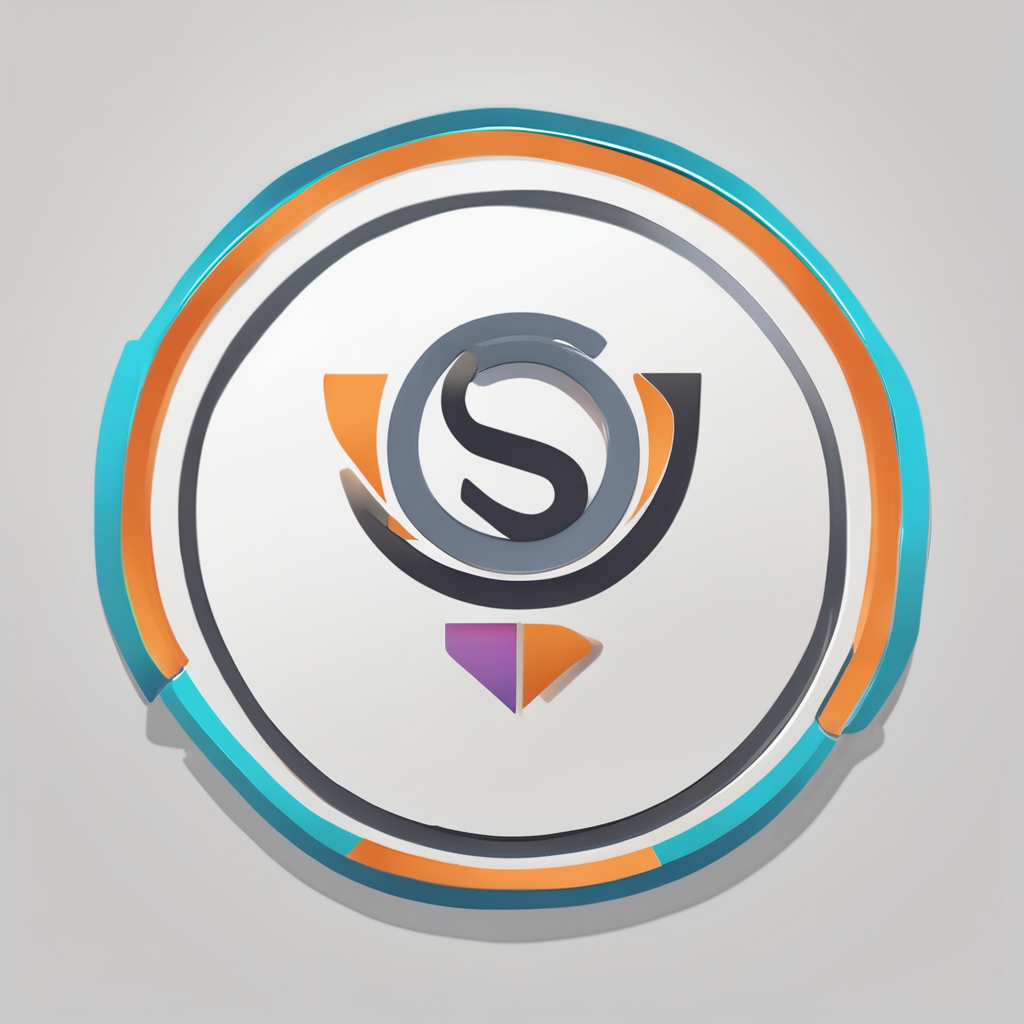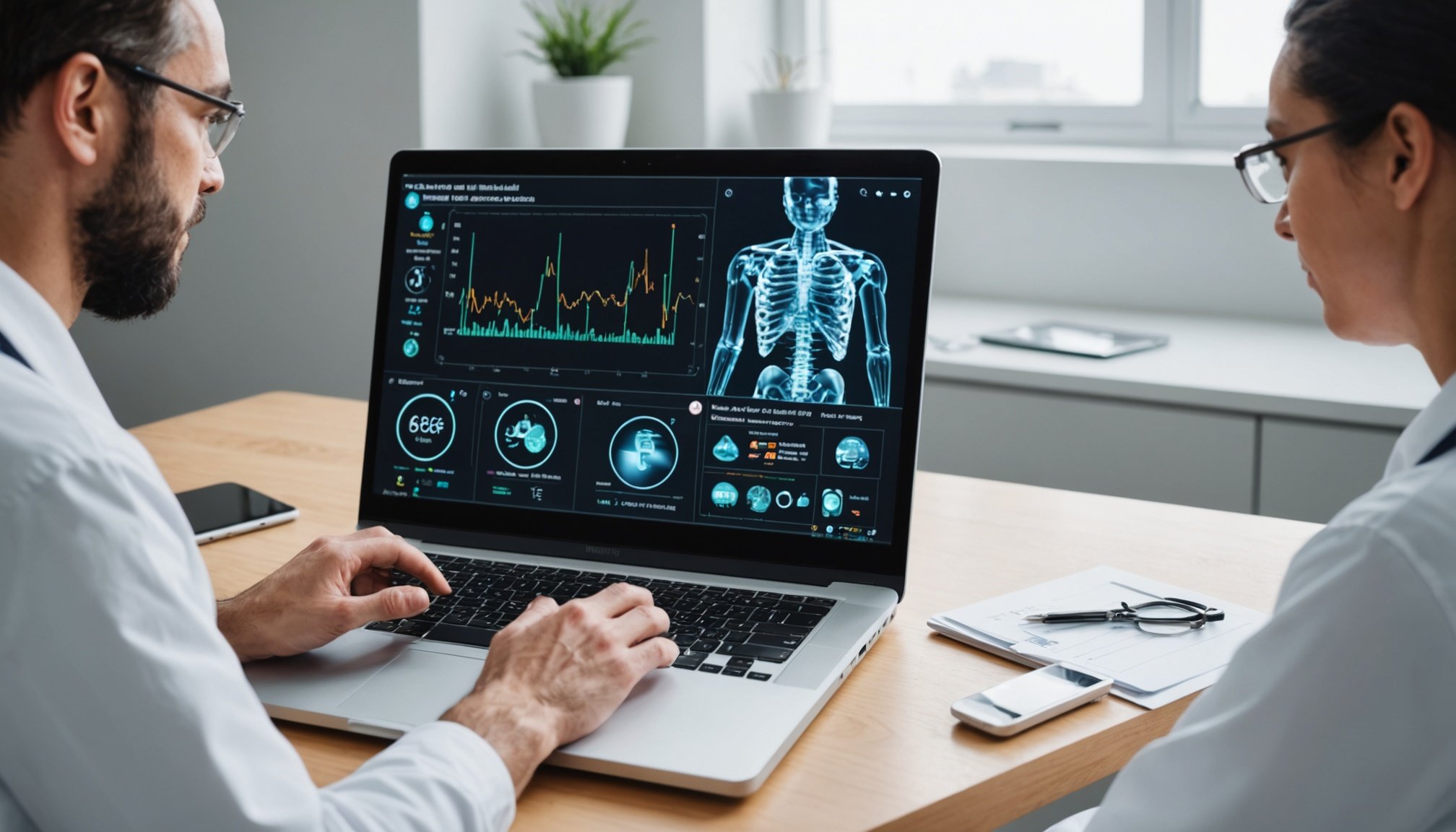Understanding Remote Patient Monitoring and Its Importance
Remote Patient Monitoring (RPM) represents one of the significant advancements in healthcare technology, changing how patients and healthcare providers maintain health and manage care. At its core, RPM involves the use of digital technologies to collect medical data from patients in one location, enabling healthcare providers to monitor their health from a distance. This approach not only enhances the accessibility and continuity of care but also significantly reduces the need for frequent hospital visits, which can be both costly and time-consuming for patients.
In today’s fast-paced world, Remote Patient Monitoring has become crucial for modern healthcare delivery. It addresses the limitations of traditional patient monitoring systems, which often require physical presence and can suffer from inefficiencies and delays in responding to critical patient information. Compared to conventional methods, RPM offers a proactive and personalised care model, enhancing both the speed and accuracy of healthcare delivery.
Also read : Transforming Digital Media: Elevate Your Images and Videos with Advanced AI Technology
However, traditional patient monitoring systems face numerous challenges in keeping pace with increasing patient demands and technological innovations. These systems often fail to provide real-time insights into patient health, leading to delayed interventions and adverse health outcomes. As healthcare technology continues to evolve, the integration of RPM is crucial for improving patient care and overcoming these challenges.
Cutting-Edge AI Technologies Reshaping RPM
The integration of Artificial Intelligence (AI) in healthcare is transforming Remote Patient Monitoring (RPM), enhancing efficiency and accuracy. Key to these advancements are machine learning algorithms and data analytics which enable real-time processing of patient data. By continually learning from patient interactions, these algorithms can predict trends and detect anomalies, allowing for quicker, more precise interventions in patient care.
Also to see : Revolutionizing Aviation: Unlocking Advanced AI Technology for Future-Ready Predictive Maintenance Systems
Wearable technology plays a pivotal role in AI-driven RPM. Devices like smartwatches and health monitors collect comprehensive health data, such as heart rate and activity levels, which can then be analysed by AI systems. This integration provides healthcare providers with a holistic view of a patient’s health over time, enabling proactive management of conditions and personalised treatment plans.
In addition, the synergy of AI technologies with existing RPM systems leads to automated data processing, helping healthcare providers to focus more on patient care rather than data management. This improves patient outcomes by minimising human error and ensuring timely responses to health issues.
Overall, AI is not only reshaping RPM but also setting a new standard for innovation, facilitating a broader adoption of these technologies in modern healthcare systems.
Case Studies of Successful AI Implementations in RPM
Exploring AI Case Studies within the realm of Remote Patient Monitoring (RPM) provides valuable insights into the real-world applications and successes of AI in healthcare. Many implementations have shown significant improvements in patient healthcare experiences and outcomes.
Case Study: Remote Monitoring for Chronic Disease Management
This case focuses on the effective use of AI in chronic disease management. AI-driven tools efficiently gather and analyse patient data, allowing healthcare providers to manage conditions like diabetes and heart disease with increased accuracy. By predicting potential complications and offering timely interventions, these technologies significantly improve patient quality of life.
Case Study: AI-Powered Telehealth Solutions
In this case, telehealth solutions powered by AI showcase how remote communication is enhanced through intelligent data handling. AI algorithms facilitate real-time patient-doctor interactions, which lead to prompt decision-making and treatment adaptations, particularly in remote or underserved areas.
Case Study: AI Innovations in Elderly Care
Here, AI technologies prove transformative for elderly care, providing continuous monitoring for better management of age-related conditions. Solutions include predictive analytics that identify early signs of health deterioration, ensuring timely medical attention, thus enhancing elder patient safety and wellbeing.
These implementations underline the expansive potential of AI to reshape healthcare, paving the way for future innovations.
Benefits of AI Innovations in RPM
Artificial Intelligence (AI) in Remote Patient Monitoring (RPM) offers numerous benefits, enhancing healthcare delivery and optimizing patient outcomes. AI excels in providing enhanced accuracy, reducing errors in diagnosis and treatment plans. This precision not only leads to more effective interventions but also fosters patient trust and satisfaction.
Incorporating AI facilitates timely interventions, crucial for mitigating health deterioration. By analyzing patient data continuously, AI systems can detect signs of potential issues early, prompting swift action from healthcare providers. This proactive approach significantly improves patient prognoses and overall healthcare quality.
AI also improves patient engagement by delivering personalized recommendations, aligning with patients’ unique health needs. Tailored care plans encourage adherence to treatments, improving health outcomes. Through AI-driven insights, patients become more informed and involved in their care processes, strengthening their commitment to maintaining health.
Moreover, AI can lead to reductions in healthcare costs. With efficient monitoring and reduced hospitalization needs, healthcare systems can allocate resources more optimally. By minimizing unnecessary interventions, AI systems help save both providers and patients time and money, making healthcare more affordable and accessible. Overall, AI innovations present tremendous potential to revolutionize RPM, offering tangible benefits throughout the healthcare spectrum.
Challenges and Limitations of AI in RPM
Implementing artificial intelligence in healthcare, particularly in Remote Patient Monitoring (RPM), is not without challenges. Despite its potential to revolutionise healthcare, there are critical issues concerning data privacy and security. Patients entrust sensitive health information to AI systems, raising the need for stringent data protection measures. Breaches in data security can not only erode trust but also lead to severe legal repercussions for healthcare institutions.
Moreover, the need for regulatory compliance and ethical considerations can’t be ignored. As AI technologies advance, healthcare systems must navigate complex regulations designed to safeguard patient rights and ensure fair practices. These requirements can slow down the adoption of AI in RPM, creating potential barriers for innovation and implementation.
Additionally, there are potential barriers to widespread adoption of AI in healthcare systems. High initial costs, technical complexities, and a shortage of skilled professionals can hinder progress. Moreover, ensuring interoperability between AI solutions and existing healthcare infrastructure remains a significant challenge. Addressing these concerns is crucial for seamless integration and maximising the benefits of AI in RPM.
Overall, balancing innovation with ethical responsibility is essential for advancing AI applications in healthcare.
Future Trends in AI and Remote Patient Monitoring
The future of healthcare is increasingly intertwined with advances in Artificial Intelligence (AI) and Remote Patient Monitoring (RPM). As technology progresses, further AI trends are expected to revolutionize patient care. AI systems will likely offer continuous learning and improvement, allowing for more responsive and personalised patient monitoring than ever before.
A significant development lies in the refinement of predictive analytics. These enhancements aim to enable AI to interpret vast amounts of patient data with greater precision, leading to more accurate health forecasts and proactive care solutions. Furthermore, the integration of AI in RPM continues to evolve, fostering an environment where patient data continuously refines healthcare solutions.
Looking ahead, AI’s role is poised to expand beyond current applications. Innovations like AI-driven decision support systems are expected to transform how healthcare providers interact with patient information, predictive modeling, and treatment planning. Moreover, the increasing connectivity between devices and systems ensures that future RPM solutions will be more seamless and efficient.
Anticipated advancements highlight AI’s potential to shape a more responsive and dynamic healthcare landscape, paving the way for improved patient health outcomes and resource management in healthcare systems worldwide.
Expert Opinions on AI and RPM Transformations
Insightful perspectives from healthcare professionals and AI experts illuminate how AI is redefining patient monitoring. Dr. Louise Carter, a leading AI researcher, remarks, “AI’s role in RPM has shifted from mere data processing to more predictive modeling and diagnostics, offering paths to early intervention and personalised care.” Her insights reflect a broader appreciation of AI’s ability to transform healthcare delivery.
AI experts emphasize the importance of incorporating AI-driven innovations seamlessly into existing healthcare infrastructures. John Rivera, a healthcare technologies consultant, highlights that “adoption challenges must be addressed through enhanced interoperability and streamlined regulatory frameworks.” Rivera’s approach underscores careful equilibrium between technological deployment and system readiness.
In examining the landscape, predictions for the future are robust. Experts foresee a trend towards more integrated solutions. As experts like Dr. Carter note, “Expected advancements in AI will enable continuous learning systems that adapt to individual patient profiles.” This perspective indicates a move towards more dynamic and responsive patient monitoring systems that enhance care delivery.
Ultimately, expert opinions coalesce around a vision where AI not only augments healthcare but also works as a catalyst for broader industry transformation.










